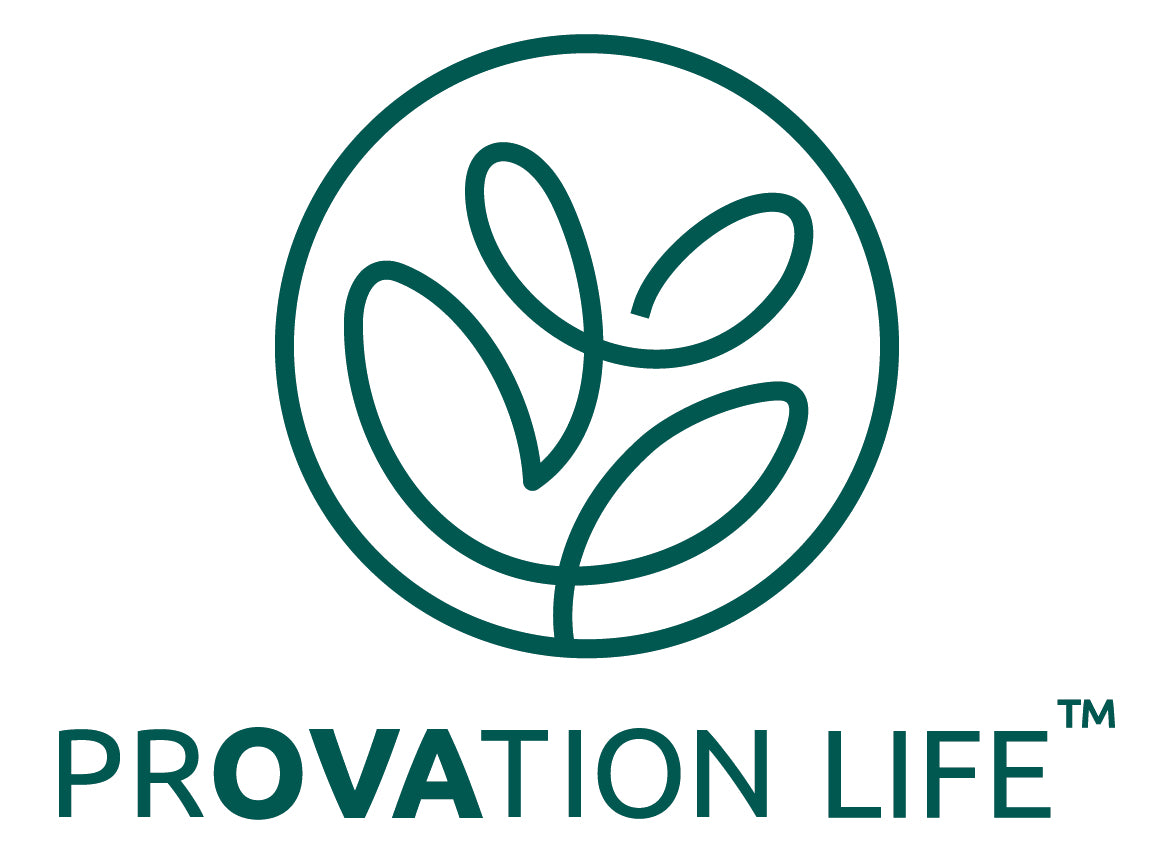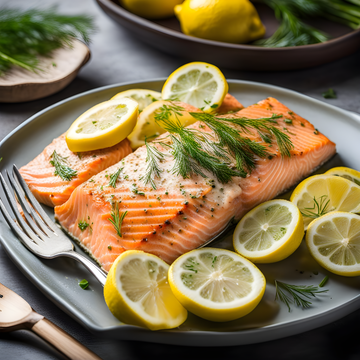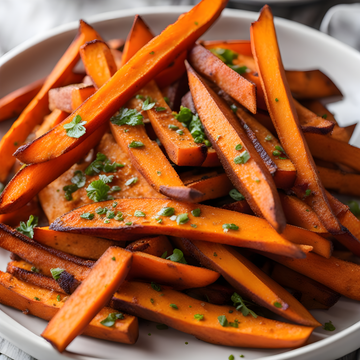The 7 Best Types of Exercises to Improve Polycystic Ovarian Syndrome (PCOS)
by Herman Weiss on Mar 21, 2023
Exercise is not a failsafe in curing PCOS but it is an excellent way to relieve and improve PCOS symptoms. The right exercise routine can clear toxins from the body, improve circulation, and reduce stress levels – all of which are beneficial when dealing with PCOS. Additionally, exercising regularly will help you feel strong and capable while boosting your mood. The key is to find an exercise routine that works best for you so that you can stick with it for the long term.
Below are 7 types of exercises that have been proven to help you manage PCOS symptoms:
- High-Intensity Interval Training (HIIT): HIIT is an effective workout that combines short bursts of intense exercise with lower-intensity intervals. This type of exercise helps improve PCOS symptoms, such as insulin resistance and inflammation, by increasing fat burning and improving overall fitness levels. It also increases metabolism, which can help regulate hormone production in women with PCOS. Here is the catch if you have more of the Adrenal or inflammatory type of PCOS, these particular regimens can be harmful, so know your type. Generally, high-impact type exercise can worsen PCOS.
- Resistance Training: Resistance training can be a great way to reduce PCOS symptoms such as abdominal obesity, insulin resistance, and hirsutism. This type of exercise helps to increase muscle strength and reduce body fat percentage. It has been found to have positive effects on hormones related to PCOS – like reducing testosterone levels.
- Yoga: Regular yoga practice can improve PCOS symptoms, such as excessive hair growth, irregular menstrual cycles, and obesity. It has been found to help balance hormones by reducing stress and improving overall well-being. Yoga also helps improve insulin sensitivity and reduce inflammation.
- Pilates: Pilates is an exercise that combines strength training with flexibility exercises. This type of exercise is beneficial for PCOS symptoms like abdominal fat, insulin resistance, depression, and anxiety. It increases muscular endurance and core stability while helping to reduce stress levels in persons with PCOS.
- Swimming: Swimming is a low-impact workout that helps reduce PCOS symptoms like hirsutism, menstrual irregularities, and abdominal fat. It is an ideal exercise for PCOS patients as it helps to reduce stress, increase muscle endurance, and improve insulin sensitivity.
- Walking: Walking is a great way to get physical activity while avoiding high-impact exercises that can aggravate PCOS symptoms. Regular walking helps burn calories and regulate hormone levels in PCOS people by improving insulin sensitivity and decreasing cortisol (a stress hormone).
- Cycling: Cycling is another low-impact exercise that helps PCOS patients manage their symptoms in the long term. This type of exercise increases muscle strength without putting too much strain on the body, making it ideal for PCOS patients looking to improve their overall health and well-being.
Not only is exercise important for PCOS sufferers, lifestyle changes such as a PCOS-friendly diet and stress level reduction, can also make a huge difference. Motivation plays an important role in achieving good health, so it's important to remember that small steps can make a big impact. With regular exercise and the right lifestyle modifications, PCOS patients can lead healthier, more balanced lives. If you are struggling to find the motivation or simply don’t know where to start, try joining an online PCOS support group or seeking professional help from your doctor. Having someone who understands your situation and can provide tailored advice could be just what you need to get started on improving your PCOS symptoms!












